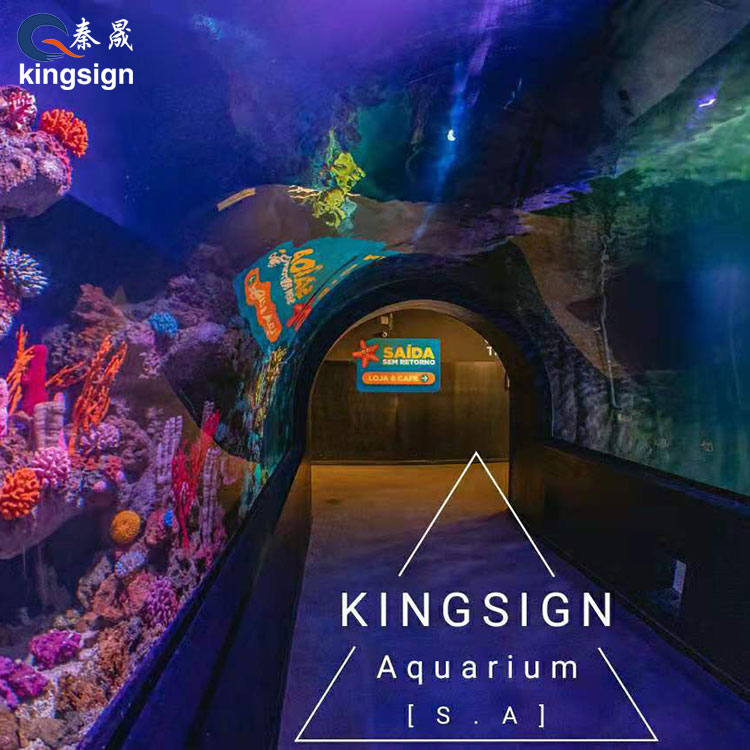Discovering the Wonders of Aquarium Tunnels
2024-12-23
Aquarium tunnels are a marvel of modern engineering and design, offering visitors an immersive underwater experience. These tunnels allow people to walk through aquatic habitats, surrounded by marine life from all angles. In this blog, we’ll explore the features, benefits, and captivating experiences provided by aquarium tunnels.
Key Features of Aquarium Tunnels
1. 360-Degree View
- Transparent, curved acrylic panels offer a panoramic view of marine ecosystems.
- Provides an unmatched sense of immersion.
2. Structural Integrity
- Built with strong, shatterproof materials to withstand water pressure.
- Designed to ensure visitor safety and longevity.
3. Varied Habitats
- Simulates diverse aquatic environments, from coral reefs to deep-sea ecosystems.
- Houses a wide range of marine species, including sharks, rays, and schools of fish.
4. Interactive Design
- Incorporates lighting, sound effects, and guided tours for an engaging experience.
- Often features educational displays to inform visitors about marine life.
Benefits of Aquarium Tunnels
- Educational Value: Offers a firsthand look at marine biodiversity and ecosystems.
- Entertainment: A unique attraction for families, tourists, and marine enthusiasts.
- Conservation Awareness: Highlights the importance of preserving aquatic habitats.
- Accessibility: Provides an underwater experience without the need for diving gear.
Famous Aquarium Tunnels Around the World
- Georgia Aquarium, USA: Home to one of the largest underwater tunnels, featuring whale sharks and manta rays.
- Dubai Aquarium, UAE: Renowned for its massive tunnel showcasing over 140 species.
- Sea Life Sydney Aquarium, Australia: Offers an up-close view of Australia’s unique marine life.
Aquarium tunnels are more than just architectural feats; they are gateways to the underwater world. By combining education, conservation, and entertainment, these tunnels inspire awe and foster a deeper appreciation for marine life.



